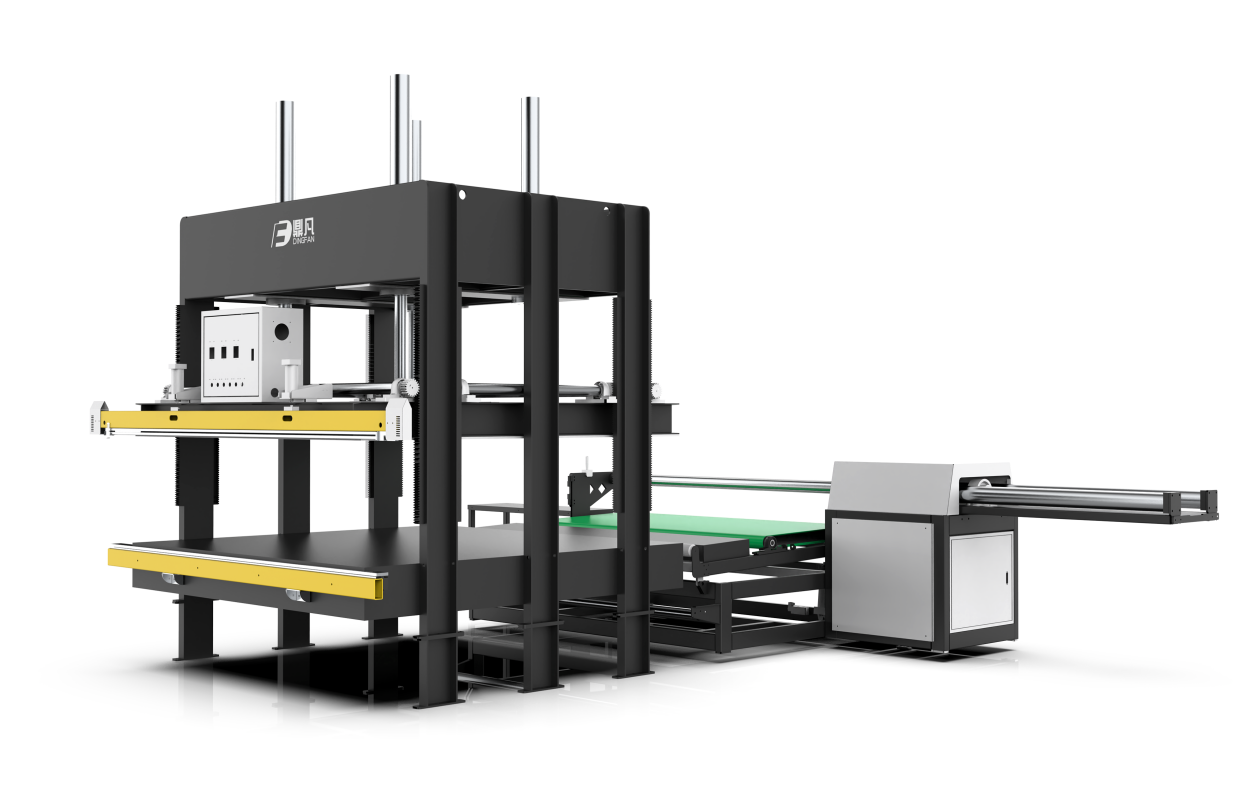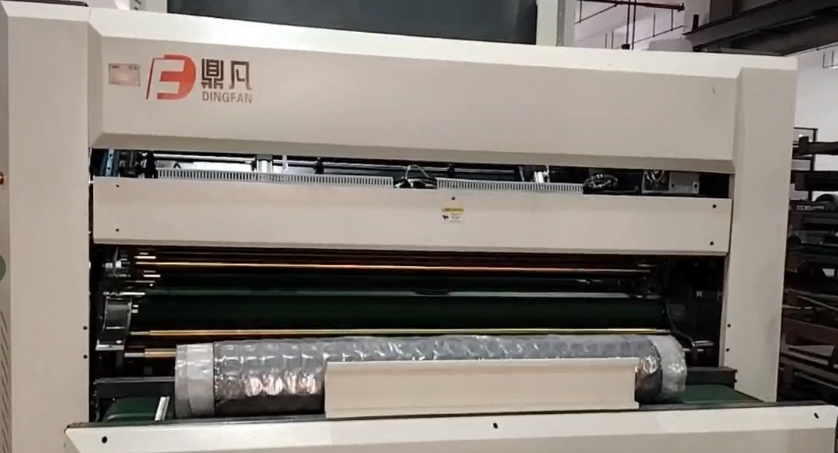
Keeping machines running like new isn’t just about luck—it’s about maintenance. Neglecting your mattress machinery could mean costly breakdowns, lower efficiency, and shorter equipment lifespan.
To extend the life of mattress machinery, it’s essential to follow consistent maintenance practices such as regular cleaning, timely lubrication, routine inspections, and proper operator training. These steps help prevent breakdowns and keep production lines running smoothly.
Let me explain why maintenance isn’t just a factory chore. It’s a serious cost-saving strategy and a competitive advantage. Let’s go deeper into these proven maintenance strategies.
Why are cleaning and lubrication essential?

Dirt kills machines faster than time. Dust, debris, and improper lubrication are silent killers in every mattress production workshop.
Regular cleaning and lubrication protect moving parts, reduce friction, and prevent breakdowns—ensuring longer service life and smoother operation of mattress machinery.
When I walk into a mattress factory in Southeast Asia, the first thing I check is how clean the machines are. A clean machine is often a well-maintained machine. Dust and grime, especially around belts, gears, and bearings, can block movement, increase wear, and cause overheating. These are minor issues at first glance, but left unattended, they can shut down a production line.
Lubrication is just as vital. Whether it’s the high-speed bearings of a pocket spring machine or the servo-driven arms of an automatic bagging machine, they all need the right lubricant at the right frequency. For example:
| Component | Recommended Lubrication Type | Frequency |
|---|---|---|
| Gears | Heavy-duty grease | Weekly |
| Bearings | Lithium-based grease | Bi-weekly |
| Chain Drives | Light machine oil | Weekly |
| Guide Rails | Dry PTFE spray | Monthly |
Remember: always follow the manufacturer’s recommendation. A well-lubricated machine is quieter, faster, and more reliable.
What’s the benefit of regular inspections?
Small problems become big bills. And those surprises always show up at the worst possible time.
Scheduled inspections help detect wear, misalignments, or electrical issues before they become major failures, reducing downtime and saving costs.
We’ve implemented a 30-point inspection checklist for our mattress machinery customers. It covers everything from electrical connectors to safety shields, pneumatic fittings, and heat-sealing modules. This proactive approach allows our clients to catch faults early.
Here’s how we break it down:
Weekly Checks:
- Air compressor pressure consistency
- Check for unusual noises during compression
- Visual wear on belts or gears
Monthly Checks:
- Electrical panel tightening
- Sensor calibration and accuracy
- Hydraulic oil level and quality
Quarterly Checks:
- Structural bolt retightening
- Emergency stop system response time
- Software diagnostic error logs
A good inspection routine isn’t just technical—it’s culture. The factories that adopt this mindset face fewer downtimes and spend less on emergency repairs.
Why is operator training so important?
You can have the best machine—but if the operator presses the wrong button, that’s trouble.
Well-trained operators reduce misuse, improve productivity, and extend machinery lifespan through proper handling and routine checks.
One of our customers in Vietnam once shared how a new operator accidentally jammed the pocket spring feeding system. The issue wasn’t the machine—it was training.
That’s why we recommend these three steps:
- Initial Training – Teach basic operations, emergency shutdown, and manual override.
- Scenario Drills – Practice responding to machine errors like spring misfeeds, bag sealing failure, or jammed compression trays.
- Refresher Courses – Monthly workshops to revisit new updates or settings.
Also, consider integrating video tutorials and interactive dashboards. Our high-end models already include touch-screen instructions with animated diagrams to simplify training. A smarter operator equals a longer-lasting machine.
Why use genuine spare parts?
Cheaper parts may save now but cost more later. A broken seal or misfit sensor can shut your entire line.
Only genuine parts ensure compatibility, maintain performance, and reduce the risk of machine failure during critical operations.
We’ve had customers try third-party cutter blades or temperature sensors. These parts wear out faster, fail sooner, and sometimes don’t fit right—damaging adjacent components.
Here’s what you risk with non-original parts:
| Problem | Consequence |
|---|---|
| Misaligned gears | Broken teeth, vibration |
| Incorrect sensor input | Sealing errors, failed detection |
| Cheap sealing blades | Burnt film, smoke, overheating |
Our machines are designed with micron-level tolerances. The rollers, feeding units, and cutters are calibrated precisely. Genuine parts keep the machine aligned and safe.
How do temperature and humidity affect machinery?
Moisture creeps in quietly, but the damage shows up later—in rusted components and electrical failures.
Controlling environmental conditions like humidity and temperature reduces corrosion and extends the life of electrical and mechanical components.
We’ve seen it often in coastal regions or unventilated factories. Machines corrode, panels rust, and pneumatic tubes crack early. That’s not design failure—it’s poor environment control.
Here’s what you can do:
- Use industrial dehumidifiers for RH over 60%
- Keep temperature within 20–30°C for optimal PLC and sensor function
- Install air filters to prevent dust settling on control boards
- Elevate machines slightly to avoid ground moisture damage
Humidity might be invisible, but its impact is costly. Prevent it early.
Why is calibration necessary?
A 1mm error in a spring’s position can ruin a whole mattress.
Calibration ensures consistent performance, product accuracy, and machine safety. It aligns mechanical and electronic components to factory standards.
Take the hot knife sealing system in our bagging machine. If it’s 5°C too hot, the film melts. Too cold, it doesn’t seal. That’s why calibration matters.
You’ll need to regularly check:
- Temperature sensors and heating modules
- Servo motor positions
- Spring alignment guides
- Tension controllers for bags
Use digital calipers, thermal guns, and voltage meters during your monthly technical review. Consistent accuracy equals consistent product quality.
Why keep maintenance records?
What gets measured gets managed. No records = no learning.
Maintenance logs help detect recurring issues, plan preventive actions, and ensure compliance with industrial safety standards.
We provide digital maintenance templates to all our clients. These include:
| Date | Component | Action Taken | Operator | Result |
|---|---|---|---|---|
| 2025-04-01 | Lubrication | Refilled oil | Peter | OK |
| 2025-04-05 | Sensor check | Recalibrated | John | Good |
| 2025-04-12 | Cutter blade | Replaced | Leo | Improved |
Why it helps:
- Quickly trace the cause of repeated faults
- Forecast when critical parts need replacement
- Avoid warranty voids due to poor documentation
Going digital makes this faster. Some customers even integrate this into their MES systems.
What is a preventive maintenance program?
Waiting for breakdowns is expensive. Prevention is smarter and cheaper.
Preventive maintenance programs include scheduled checks, cleanings, and parts replacements to avoid unplanned downtime and reduce long-term costs.
Think of it like car servicing. Don’t wait for the engine to die.
Our mattress machine customers use this simple schedule:
Daily:
- Check air pressure
- Remove dust from sensitive zones
Weekly:
- Lubricate all key joints
- Test sensor function
Monthly:
- Inspect belts, blades, and connectors
- Update control software if needed
Stick to this schedule and you’ll double your machine’s lifespan.
Conclusion
Longer equipment life comes from daily discipline—cleaning, checking, and training. It’s not luck, it’s maintenance.
